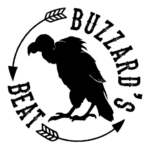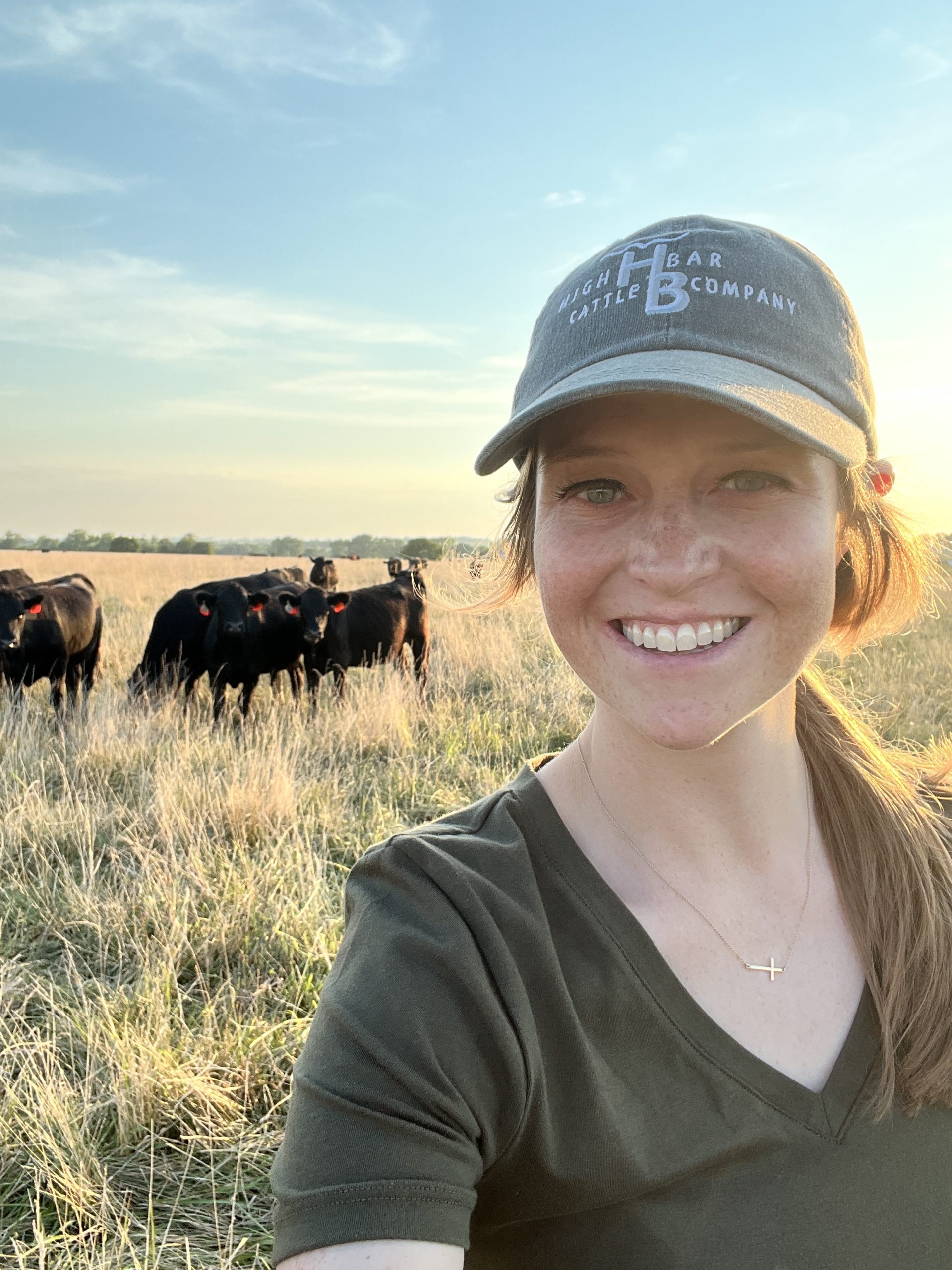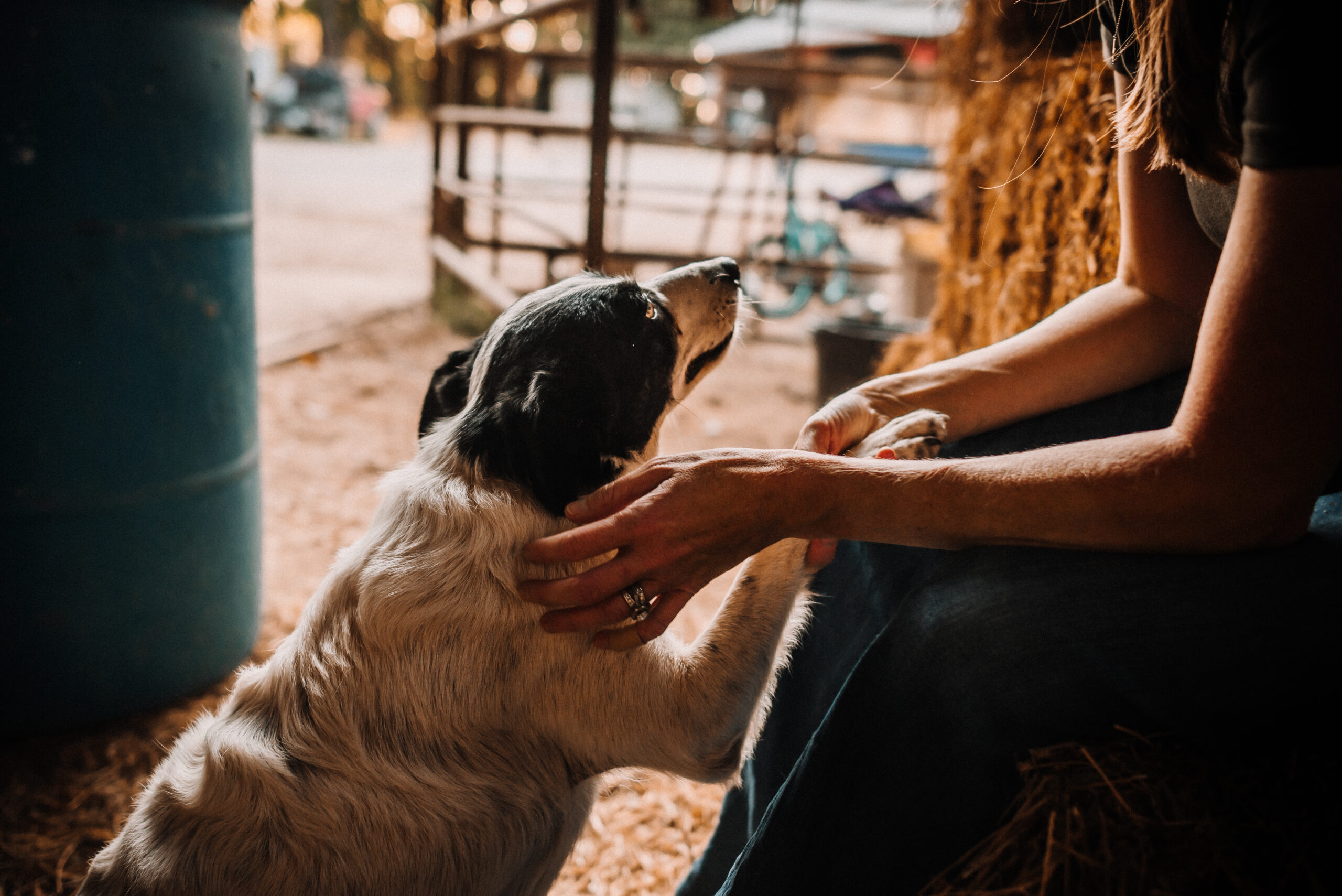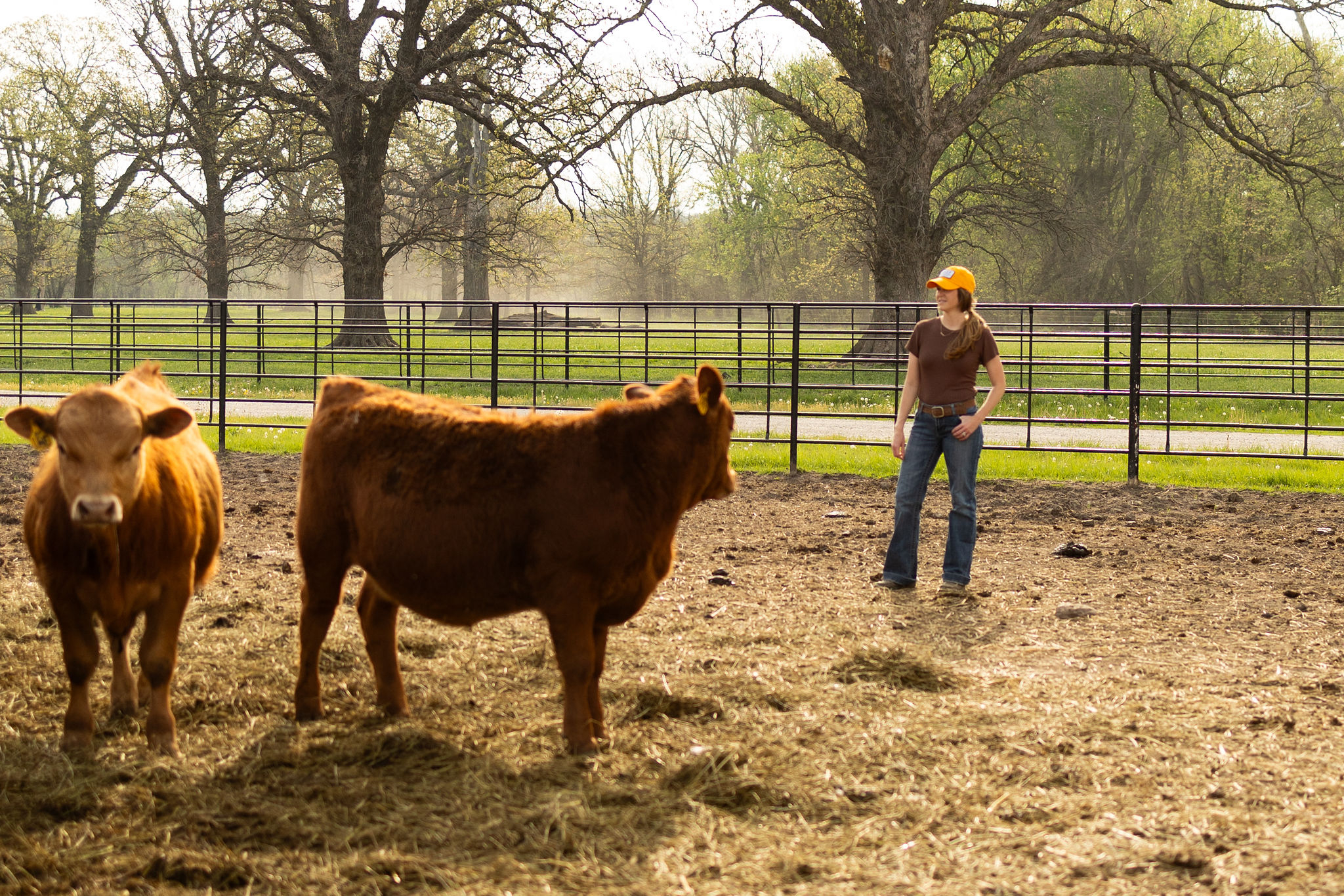This post is a collaboration with Beef. It’s What’s For Dinner. on behalf of the Beef Checkoff. I received compensation but all thoughts and opinions are my own.
I love my home in Kansas with its wide-open skies and big views of the horizon – it’s just like our state song proclaims:
Home, home on the range. Where the deer and the antelope play. Where seldom
is heard, a discouraging word. And the skies are not cloudy all day.
Now, we may have our fair share of cloudy days in Kansas – check back with me November through February – but the key component in my beloved state’s song is the “home on the range” part. Kansas is a vast prairie state with rolling hills on one end, flatlands as far as the eye can see on the other end and in the middle, millions of acres of hilly, rocky land covered in the Tall Grass Prairie. You’d be hard pressed to find expansive orchards, vineyards or vegetable fields in Kansas.
And for good reason. Here in Kansas, like so many other states that specialize in cattle farming and ranching, the land is unsuitable for raising food crops. Imagine how difficult it would be for a plow to go over a massive hill that is peppered with rocks, valleys and ravines. Now imagine 12 plows being pulled by a tractor and you can begin to see why the flyover states are perfect for raising beef cattle.
The grasses in my neck of the prairie are prime entrees for cattle. They graze on native prairie grasses as well as fescue grass, which they in turn upcycle into nutritious beef. That cellulosic material has no value nutritionally to me but the value of a nutrient-dense protein such as beef is tremendous.
Between fresh and dormant grasses, our cattle graze in pastures approximately nine months out of the year. The other three months, the grass isn’t growing and they receive hay and a protein supplement to keep their body condition at a healthy level.
When they are grazing, they are helping sequester carbon in the soil, as part of the biogenic carbon cycle. The minimal methane that cattle belch after grazing is then broken down in the atmosphere and converted back to carbon dioxide, where it is once again used by plants in photosynthesis to grow more plant material. This is the natural carbon cycle and it repeats itself unendingly.

Not only do cattle utilize cellulose to create nutritious beef, they also consume food waste from crop production and turn that into protein as well. For example, cattle in California may eat almond hulls while cattle in Ohio may consumer tomato waste. Here in Kansas, lots of cattle consumer dried distiller’s grains that are a by-product of ethanol production, which is a biofuel. If cattle didn’t eat these by-products from human food and fuel production, the waste would sit in a landfill and further contribute greenhouse gases to the atmosphere.
The facts show that cattle are part of the climate solution through both cellulose upcycling and food recycling and through these methods they help our food supply be more sustainable. In fact, the EPA, which is the best source of environmental science we have available, states that cattle are responsible for fewer than 3% of GHG emissions, a nominal amount for the nutrient dense protein we enjoy.
I’ve traveled the world and been fortunate to see historic landmarks, artifacts and a few of the Wonders of the World, but nothing beats the rolling prairie, peppered with cows, on my sweet home on the range. The land I love helps feed a hungry world with a nutritious and sustainable protein source.
Until next time
~ Buzzard ~



